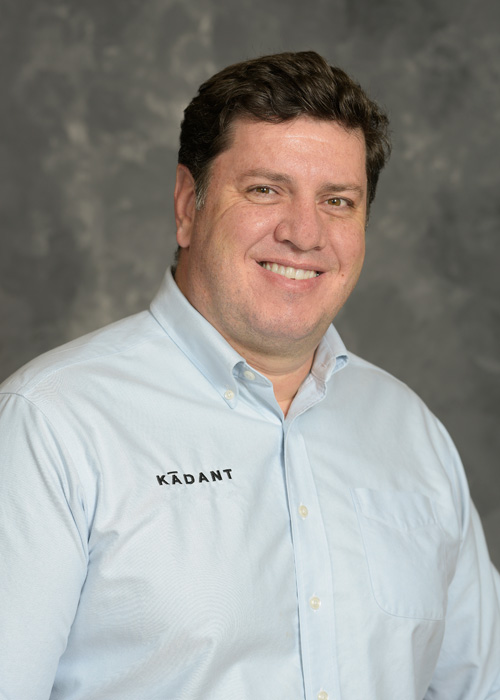Simple, Robust, Reliable Forming Fabric Cleaning: An Interview with Marcelo Deboni
 Paper mills often face challenges with forming fabric cleaning. I had the opportunity to interview Marcelo Deboni and learn from his expertise about how traversing showers are being applied to address these challenges. Marcelo, a product line manager for Kadant Solutions, has been working with paper and tissue mills around the world for more than 20 years.
Paper mills often face challenges with forming fabric cleaning. I had the opportunity to interview Marcelo Deboni and learn from his expertise about how traversing showers are being applied to address these challenges. Marcelo, a product line manager for Kadant Solutions, has been working with paper and tissue mills around the world for more than 20 years.
V: What is the biggest challenge you see in paper mills regarding forming fabric cleaning?
M: The increased use of secondary fiber, fabric cleanliness, and overall machine hygiene. Specifically, lower fiber quality, more contamination, new fabric structures and the demand to improve housekeeping while reducing water and energy consumption.
V: What are some ways to reduce water and energy consumption while still improving the cleanliness of the machine fabric?
M: With modern traversing shower designs like the M-clean™ ULTRA it is possible to replace the traditional full-width, high-pressure shower system. Recent shower upgrades using this approach have led to better overall fabric cleaning, significant reduction in water consumption (up to 95%), a reduction in energy required to pump and heat the water, and significant improvement in machine hygiene.
V: Do you have an example to illustrate the savings of replacing a full-width shower with an M-clean ULTRA?
M: A typical cost to run a single high-pressure shower, using the average utilities cost, results in over $100,000 per year. A large portion of this cost is from steam to heat the water. This doesn’t take into consideration the cost of maintenance and replacement of worn nozzles.
Although this number may vary from mill to mill, it’s important to realize how significant the water savings can be overall, regardless of how cheap the cost of water is alone. At the end of the day, the cost of heating and pumping will add up.
PLEASE NOTE:
The average utility costs in this example are for the United States. The costs in other countries may be different.
V: Is it possible to save water and transfer enough cleaning energy by replacing the full-width shower with a traversing shower?
M: The simple answer is yes.
Without getting too technical, when reducing the orifice size and increasing pressure the energy to clean can be increased without any detrimental effects to the fabric. Inversely, increasing orifice size at the current pressure will also provide better cleaning while allowing the use of clarified white water. This approach, while not suitable in all applications simplifies the installation by allowing the reuse of the existing pump skid.
For example, a paper mill in the U.S. using a traversing shower applied a larger orifice nozzle at the pressure previously applied by the full-width, high-pressure shower. The cleaning head provides 3” of coverage and scans the fabric continuously, accomplishing the cleaning cycle in a similar timeframe as the full-width shower with an important difference: 90% less water usage. This system has been operating effectively since 2015.
V: Traversing showers have been around for a long time. Why is now the time to reconsider this application?
M: Historically, traversing showers were applied to compliment the full-width, high-pressure showers as they were used for spot cleaning. They had a reputation for being unreliable requiring frequent maintenance. Globally, Kadant has more than 1,100 M-clean systems in operation used in cleaning dryer fabrics, rolls and, forming fabrics with a strong reputation for cleaning efficiency and reliability.
Let's Connect
Connect with Kadant Solutions Division on LinkedIn to learn more about our employees, products, and services.
